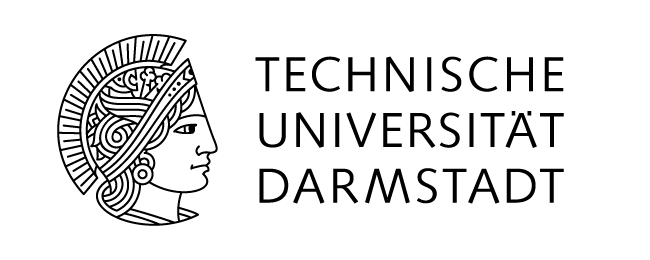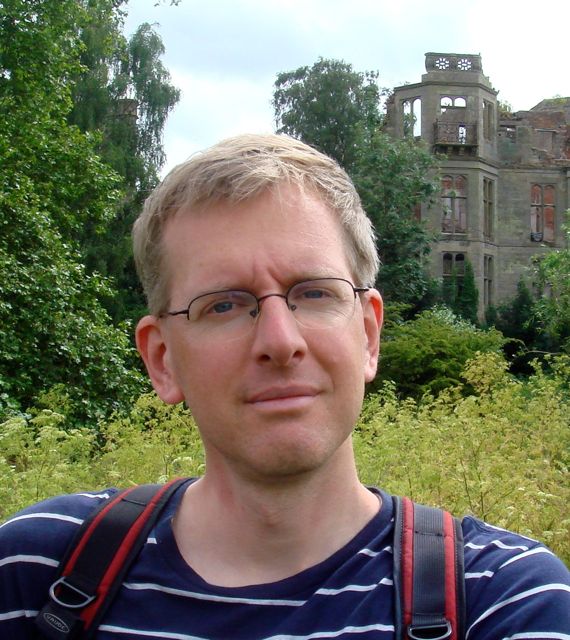and probability theory. In particular these are:
- Bose-Einstein condensation and spatial random permutations
- Study of particles coupled to a quantized field, and
functional integrals
- Systems of interacting Brownian motions, in
particular in
connection with modelling molecular chains - Quantum dynamics of molecules, in particular
dynamics at
avoided crossings of energy bands
The problem of Bose-Einstein condensation can be reformulated in
terms of a model of random spatial permutations. The phase transition
of the quantum system then corresponds to the emergence of infinite
cycles in the permutations. While the model corresponding to the
full interacting Bose gas is still too difficult to treat, several natural
simplifications are of independent mathematical interest and exhibit
the same phase transition behaviour. Together with Daniel Ueltschi,
I am investigating these models, with the ultimate goal of understanding
the phase transition in the fully interacting Bose gas.
Spatial random permutations are, however, very interesting objects in
their own right. In suitable parameter regimes, they have connections to
curve shortening flow, via a close connection to the low temperature Ising
model on the one hand, but also more generally. In a different limiting
regime and in two space dimensions, they are closely related to the double
dimer model, and I expect fractal or even SLE properties due to this connection.
For a bit more information and some nice pictures see the picture gallery!
Relevant publications: [18], [15], [14], [13], [8].
This is the topic that I started with for my PhD. There, I investigated
the Nelson model using the representation where the imaginary time
is propagator of the quantum field is an infinite dimensional Ornstein-
Uhlenbeck process. In collaboration with Jozsef Lorinczi, Fumio Hiroshima,
Robert Minlos and Herbert Spohn, I investigated the structure of the
emerging Gibbs measures relative to Brownian motion, and used them
to study ground state properties of the quantum model. More recently,
I have been interested in the quantum statistical mechanics version of
the model. In a joint work with Domenico Castrigiano, we study in
detail the effective density of states of a quantum oscillator in contact
with a radiation field. In the book [A], we give a systematic account of the
theory.
Relevant publications: [A], [16], [7], [4], [3], [2], [1].
A standard method in molecular dynamics to take into account
thermal fluctuations is to model the particles as interacting Brownian
motions. Together with my student Michale Allman, we were interested
in what this method yields when taken seriously and applied to a
chain (e.g. a polymer) under strain. One natural question is where
the chain breaks when different it is pulled apart, depending on the
speed of pulling and the level of the noise. Together with Martin Hairer,
we extended these investigations to the case where the particles have
mass and are modelled by the Langevin equation.
Relevant publications: [19], [10].
Non-adiabatic (or, radiationless) transitions of molecules are one of
the most important but also most difficult problems in quantum chemistry,
due to the breakdown of the Born-Oppenheimer approximation. Together
with Ben Goddard and Stefan Teufel, I try to understand the problem in
the context of exponential asymptotics, using superadiabatic representations.
Relevant publications: [20], [12], [11], [9], [6], [5].

